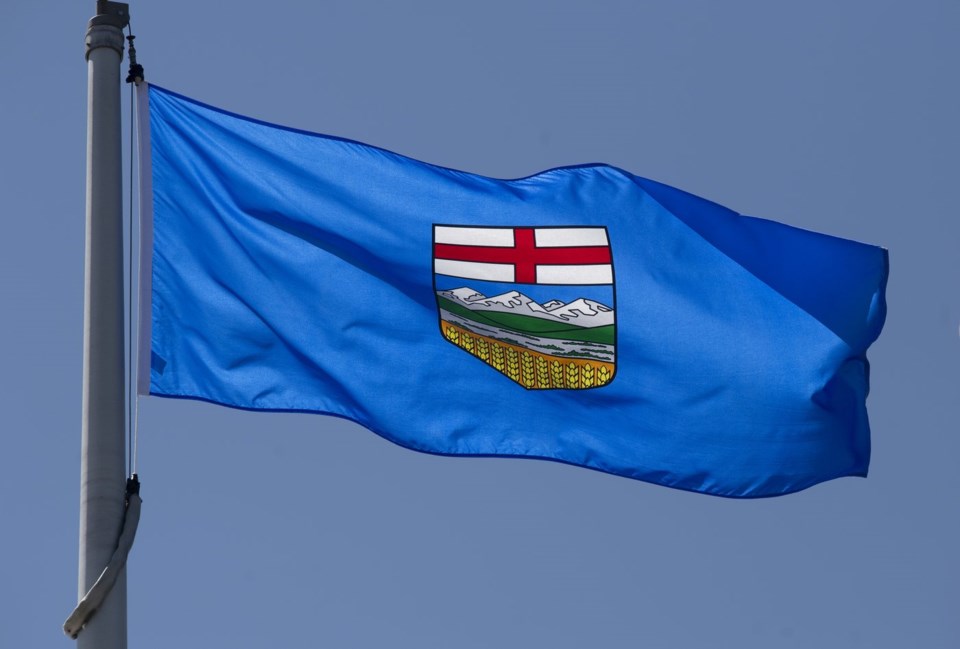EDMONTON — Increased Indigenous participation in Alberta's labour market could boost the province's GDP by between two and three percentage points, the equivalent of $8 billion to $11 billion annually, according to the findings of a new report.
The report, released by ATB Financial and professional services firm MNP in the lead-up to Sept. 30's National Day for Truth and Reconciliation, pegs the total contributions of Indigenous governments, businesses and households to Alberta's GDP in 2023 at $9.2 billion.
That works out to approximately three per cent of the province's total GDP.
It estimates the population of Indigenous people in Alberta last year has grown by 12 to 15 per cent since 2019.
The report found disparities persist in income and educational attainment between Indigenous and non-Indigenous Albertans.
Indigenous workers are still overrepresented in lower-paying roles and underrepresented in management and professional positions, the report's authors conclude.
Closing the gap between the Indigenous and non-Indigenous population doesn't just benefit the Indigenous population, it benefits all Albertans, said Patrick Twinn, director of Indigenous relations at ATB Financial.
For example, according to the report, if household incomes between Indigenous and non-Indigenous Albertans were more equitable, there would be the potential to generate an additional $3.2 billion in household spending in the province — most of which would take place at businesses owned by non-Indigenous individuals.
"This report serves as a powerful reminder that advancing economic reconciliation is not only the right thing to do but also a strategic imperative for Alberta's future," Twinn said in a news release.
"By fostering an inclusive environment where Indigenous entrepreneurs and workers can thrive, we unlock significant economic potential for the entire province."
The report calls on businesses, governments, and communities to work together to advance Indigenous economic reconciliation. It says investments are needed to close the gap in university-level education and to support Indigenous people in gaining the skills and experience that will help them advance to more senior positions at work.
There were between 350,000 and 360,000 Indigenous individuals in Alberta in 2023, which represented about 7.5 per cent of the province’s total population.
This report by The Canadian Press was first published Sept. 25, 2024.
The Canadian Press



